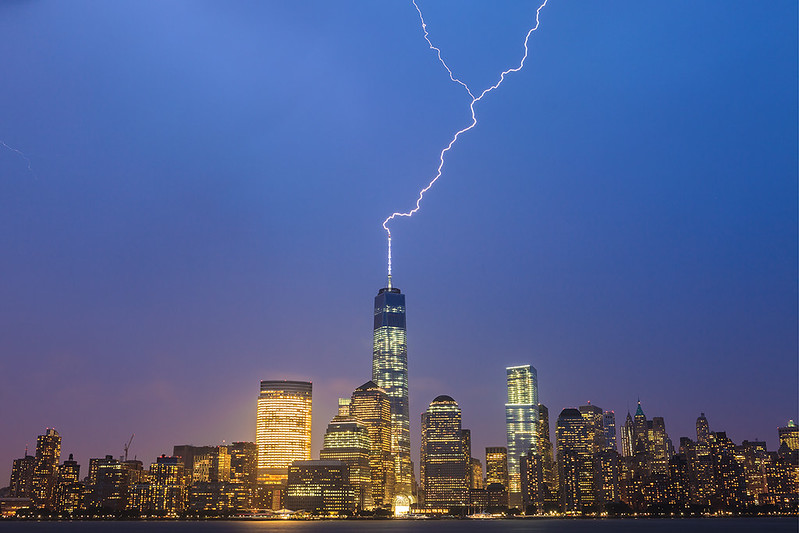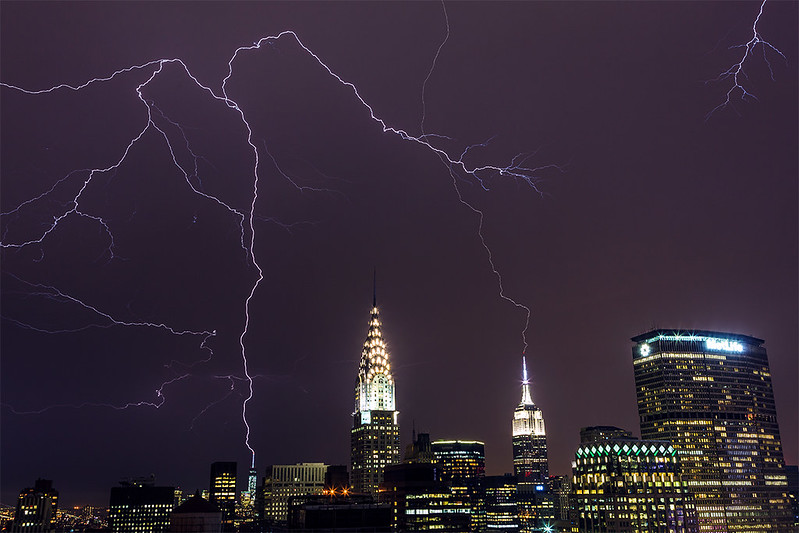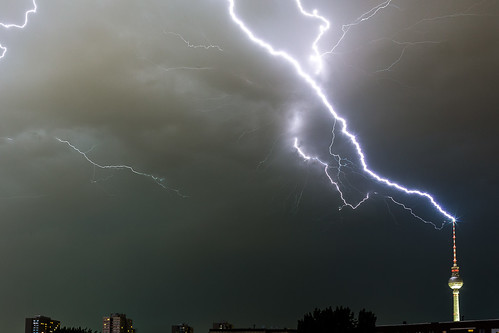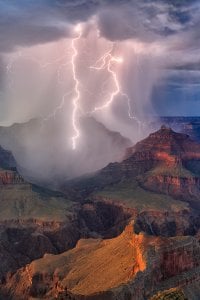Thank you also CapturingLight,
CapturingLight said:Valvebounce said:Hi Sam.
Some excellent shots that you linked to.
If you want to post from Flickr you use the curved arrow on the right below the image, select BBCode, set the size, (I think the forum limit is 800 wide) select all and copy the line of text, paste to page on forum.
This is the method I use, I have no idea about the other methods. Hope this helps.
Cheers, Graham.
Here is a form discussion I found very helpful
http://www.canonrumors.com/forum/index.php?topic=18464.msg344634#msg344634
Upvote
0








